A Session for a Young Model - Going into the Studio
By Gary Bernstein
Shot 4-11
Light Source: One Hot Light
Location: Studio no-seam white background
Camera: 4 and 6 MB Digital Cameras with Zooms (short telephotos)

Photograph © Gary Bernstein . All Rights Reserved
Shot 4-11
I don’t shoot without professional makeup, hair and styling. This is a given—etched in stone—part of the expenses i.e. it is essential and critical. Get the best you can afford—and in a test situation—it should just be an exchange of services. You get the talent for free, and they get the limited use of your photographs for free.
Shot 4-11 was the start of this series after the styling and makeup change from the first series. Always shoot the close-ups first—when the makeup is fresh. The younger the subject, the lower you can place your main light (I may repeat this because it is important). This photograph was made with a single spotlight as a main light creating a 10:00 catch lights in the eyes—meaning that the light is only slightly above the height of the subject’s eyes. It is beautiful. It is dramatic. It is classic—and not dissimilar from stage lighting—a situation of high contrast where the actor’s image and expressions have to extend the length of a theater. Notice the hard shadows. If you have shadows on the background, make sure it is obvious that they are intentional and part of the graphics and composition. There is nothing worse than sloppy shadows—as they always look like a mistake. As I said previously, slopping shadows are akin to having a logo on your stationary that is only slightly off center. It always looks like a mistake.
I ask my subjects to change expressions by changing their mental attitude.
I once asked legendary Sophia Loren as we were shooting how she was able to convey such amazingly remarkable and diverse emotion in her expressions. She said she simply thought back to various situations of great emotion in her life both happy and sad and that is all I was seeing and capturing...
Lucky me...being there to capture that emotion...

Sophia Loren © Gary Bernstein . All Rights Reserved
Because it is the mind that ultimately controls the look of the subject, it is your responsibility as photographer to control the subject’s mind and attitude. If for example, a first-time model is nervous at her first booked session—and in the studio are the clients, the art directors, magazine editors, your staff and a cast of thousands…it is critically important that you, as photographer, control the model’s emotions if the shoot is to be successful. It is that simple.
Shot 4-12
Light Source: A 300 watt hot focusing spot
with a half blue gel.
Location: Outside the studio – overcast midday light
Camera: 4 and 6 MB Digital Cameras with Zooms (standard length)
In shot 4-12, we have moved outside the studio. The shot was lit with a medium strength (300 watts) focusing spot about 10 feet away from the model on a straight stand. Over the light we placed a half blue gel which gives the feeling of mid-afternoon sunlight to the image. I do not like to pose models. It is much better to allow them to move and try different looks and attitudes and positions on their own. You can direct the models from camera as they are moving—as every camera now has a motor (even your cell phone), making the capture of great variety a very simple matter. It is critical, however, that lighting (and composition as well, if the session is for advertising purposes) are set. For most of my career I have used a tripod for just about every session, and now I am back handholding the majority of the shots—a tribute to the compact simplicity and automation of the digital photography process. Does this photograph look like natural light? No—not really—and that wasn’t the goal. The goal was a strong full-length image that sold the model. As you can see, I brought in the barn-doors* to focus more light on the torso and less on the legs which while looking less than “natural” certainly adds drama and impact to the photograph. And impact is the name of the game.
*barn-doors are 4 movable flaps that control the spread of light.

Photograph © Gary Bernstein . All Rights Reserved
Shot 4-12
A Session for a Young Model - One light…one umbrella…
Shot 4-13
Light Source: One Hot Light in a 24 inch white shoot-thru umbrella
Location: Studio no-seam white background
Camera: 4 and 6 MB Digital Cameras with Zooms (short telephoto)

Photograph © Gary Bernstein . All Rights Reserved
Shot 4-13
Shot 4-13 is the classic fashion headshot. The lighting used here is a perfect 3:1 ratio between highlight to shadow on the face. It was created with a one light spotlight in a shoot-thru umbrella (softening the light dramatically) on a straight stand placed at 2:00 to camera right with a small silver reflector to the model’s right. My assistant held the small silver reflector below the model’s face to low camera right. The model is about 4 to 5 feet from the background and the fall-off of the main light to the background is about 2 stops (maybe 2.5) allowing the underexposure of the white background to render a medium gray. It is classic New York fashion, and it will be forever. You can quote me ;).
Check out our solid color backdrops by clicking below!
The model is posed laying on the floor; and I am on the floor. Remember that lighting ratios are not just a consequence of your lighting, but also of the environment in which you are shooting. Is the floor white (as it was here); then you will get more reflectance i.e. less contrast. Are the ceilings high or black (or both), then you will get less reflectance. Bottom line—everything is so simple with digital: You shoot it, you look at it, you adjust as needed. Most pro-shooters today are watching their results on a quality monitor as the shoot progresses. I do not. I just keep cranking film (or pixels ) and make sure every now and then that the camera is still working by taking a peek at my results. I always shoot with two or three cameras, just in case something is wrong technically that I don’t see at the time. But bottom line, I know what I am getting. No surprises. That is how it must be. I do show the shots to my models and clients from time to time on the camera where they really can’t scrutinize them—because I don’t want them scrutinizing anything until I am ready to send them the images. I just want to turn them on. I want them to know how great the images are. The result of which is greater confidence on the part of the subject. The light in Shot 4-13 is exactly the same as the approach I used to shoot this Max Factor ad:

Happy Shooting! See you next time.

Gary Bernstein


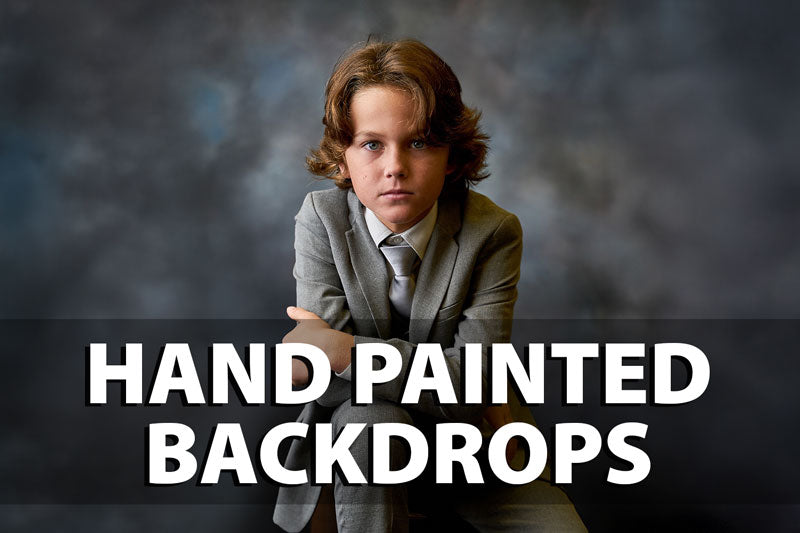




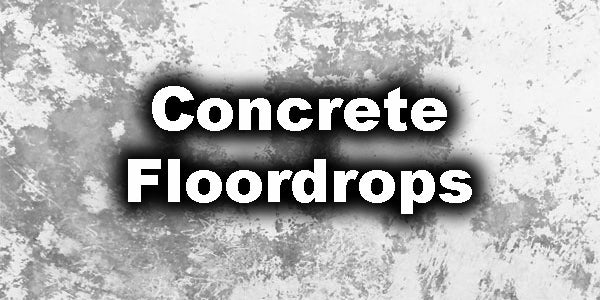

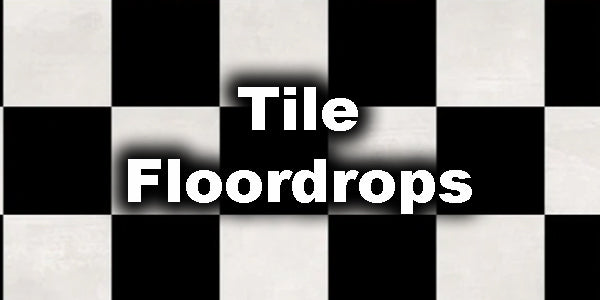


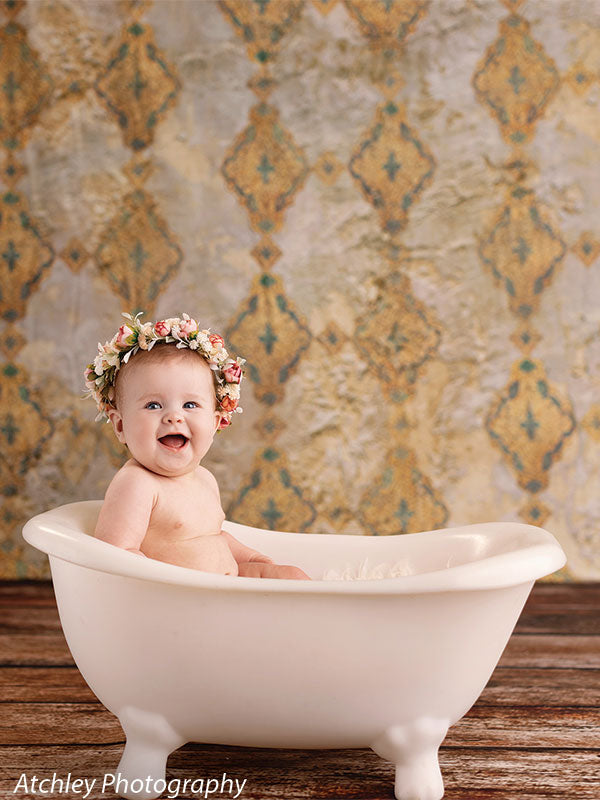
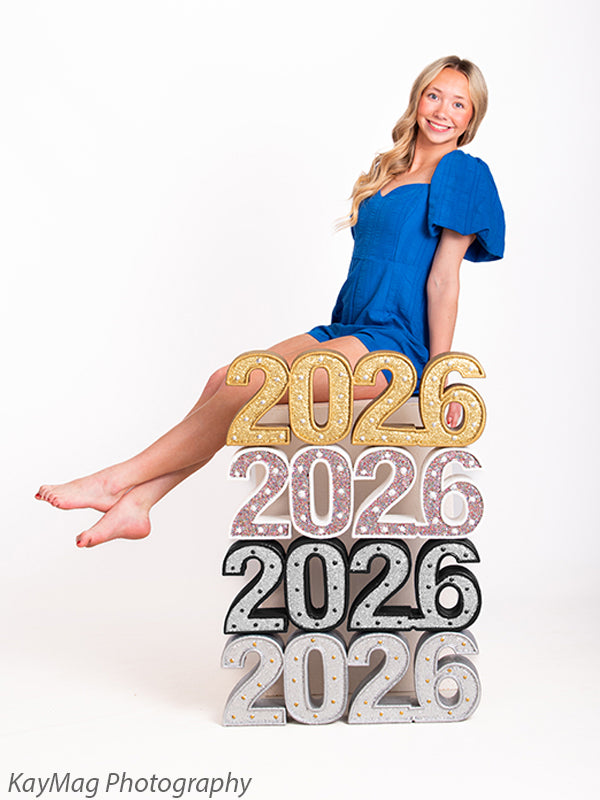

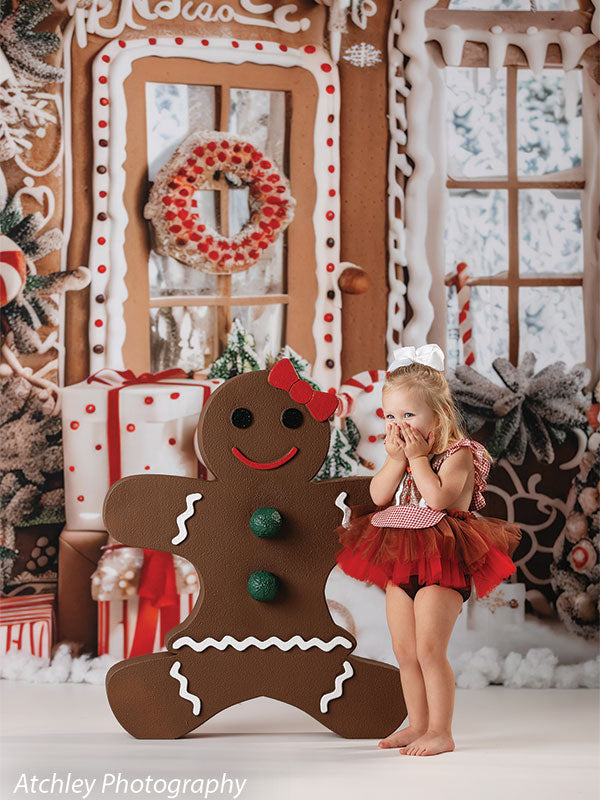

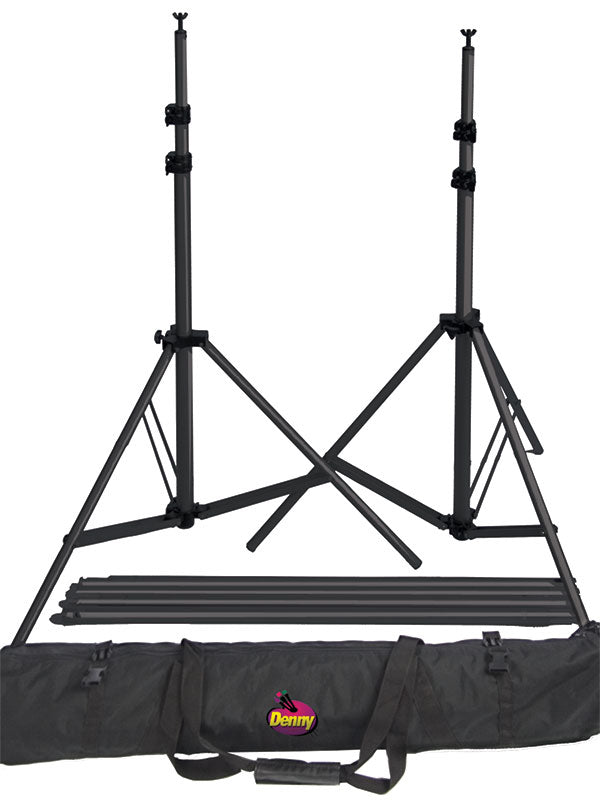
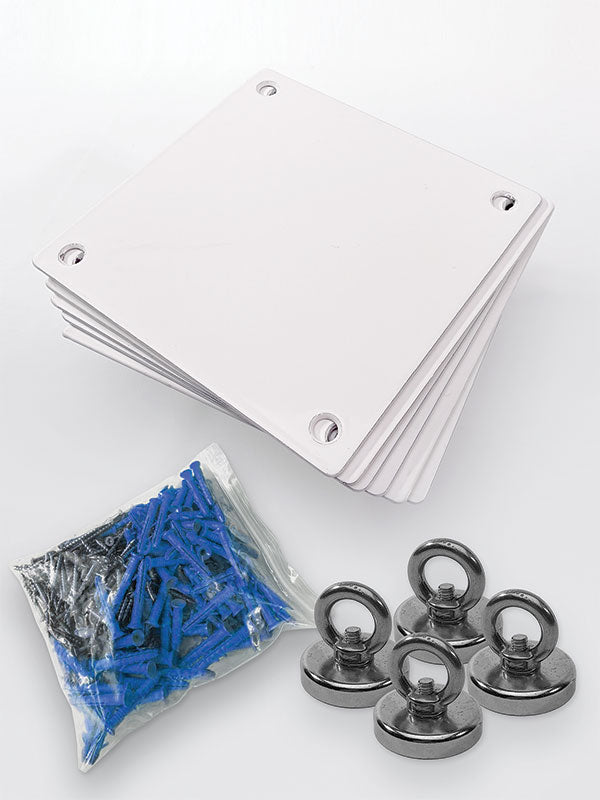
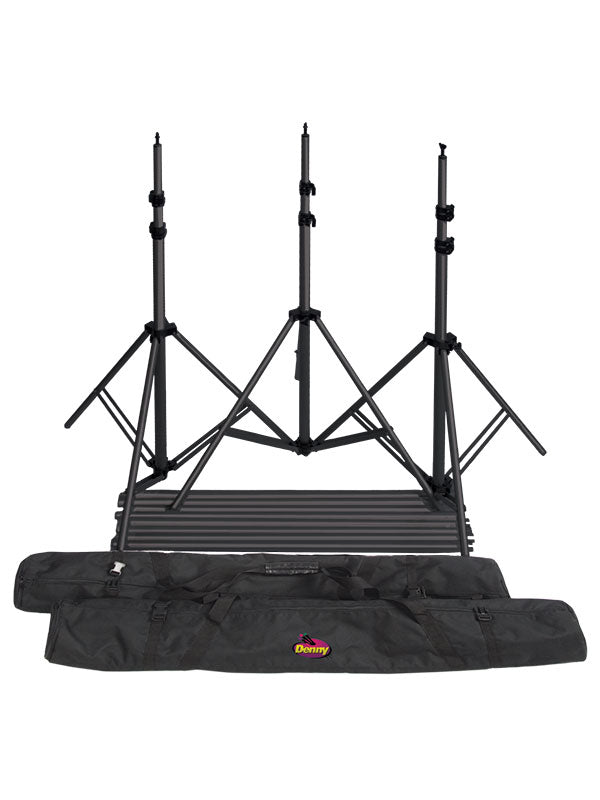
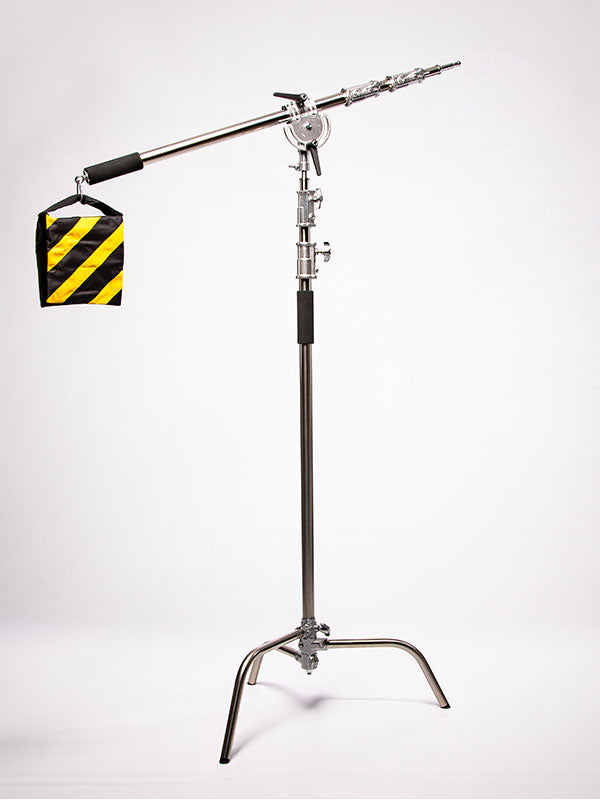
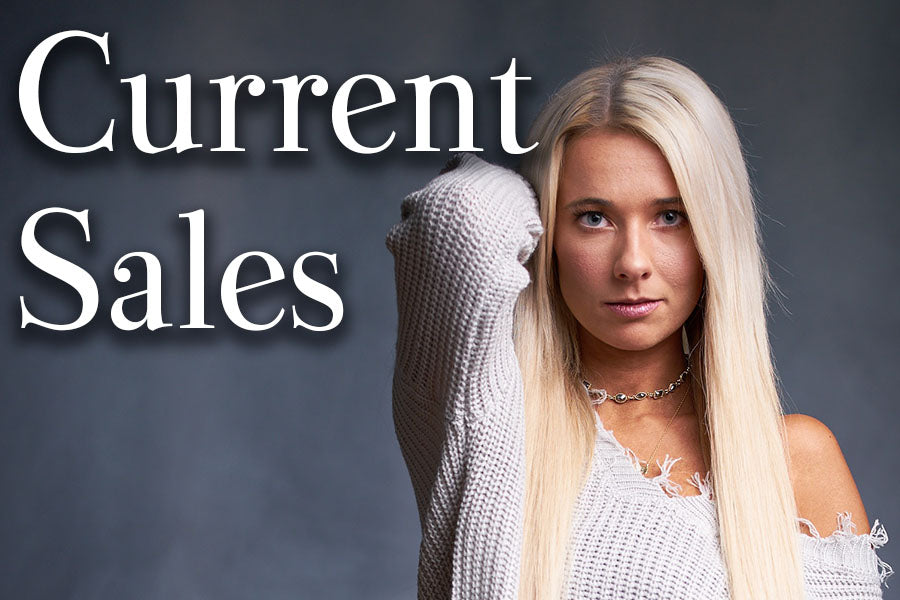
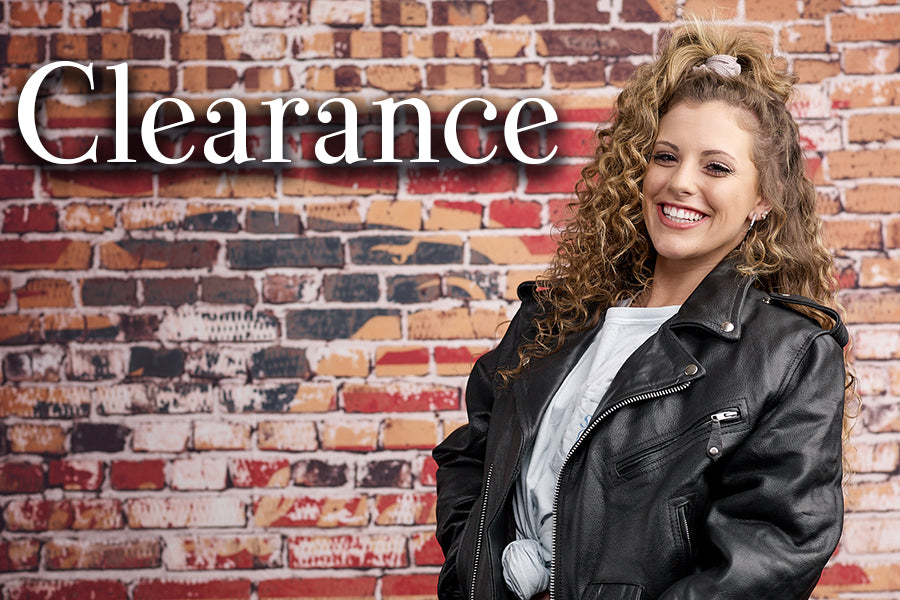
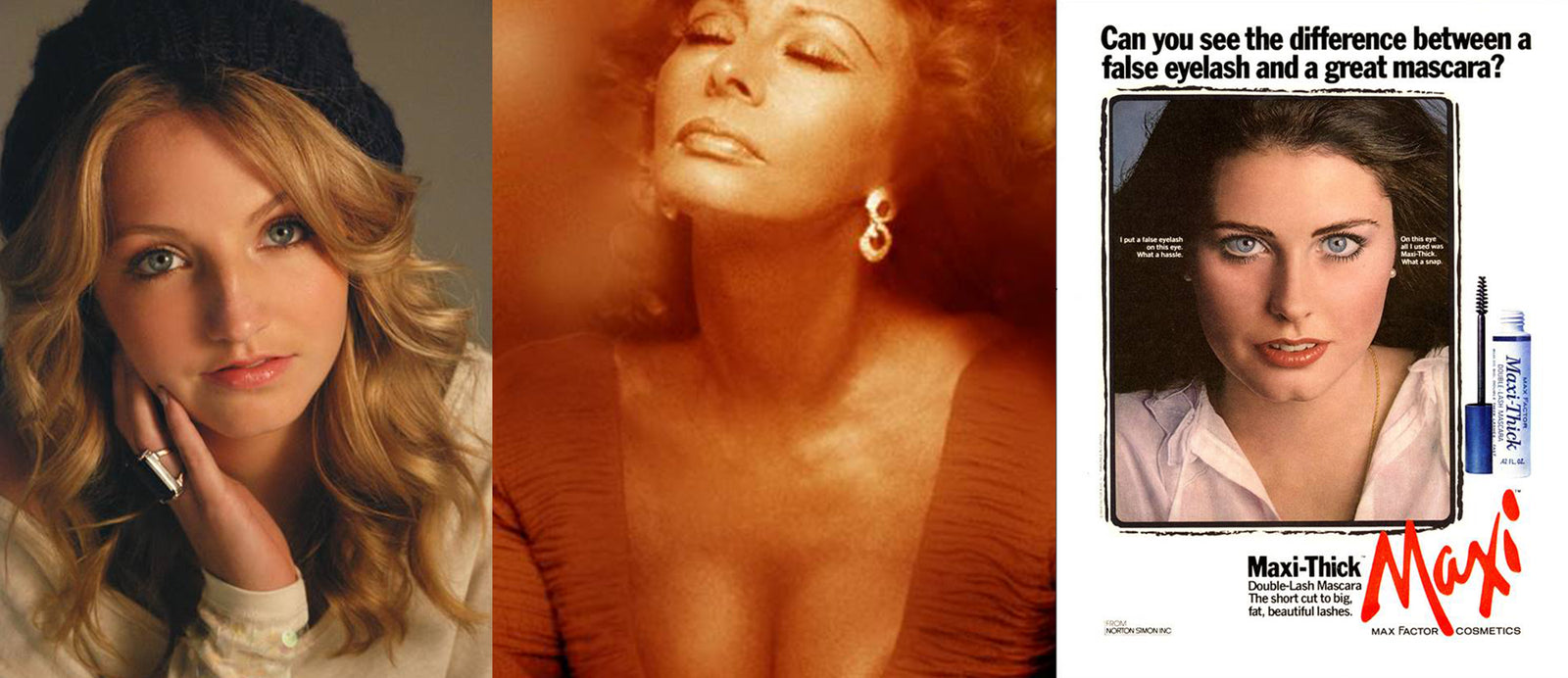





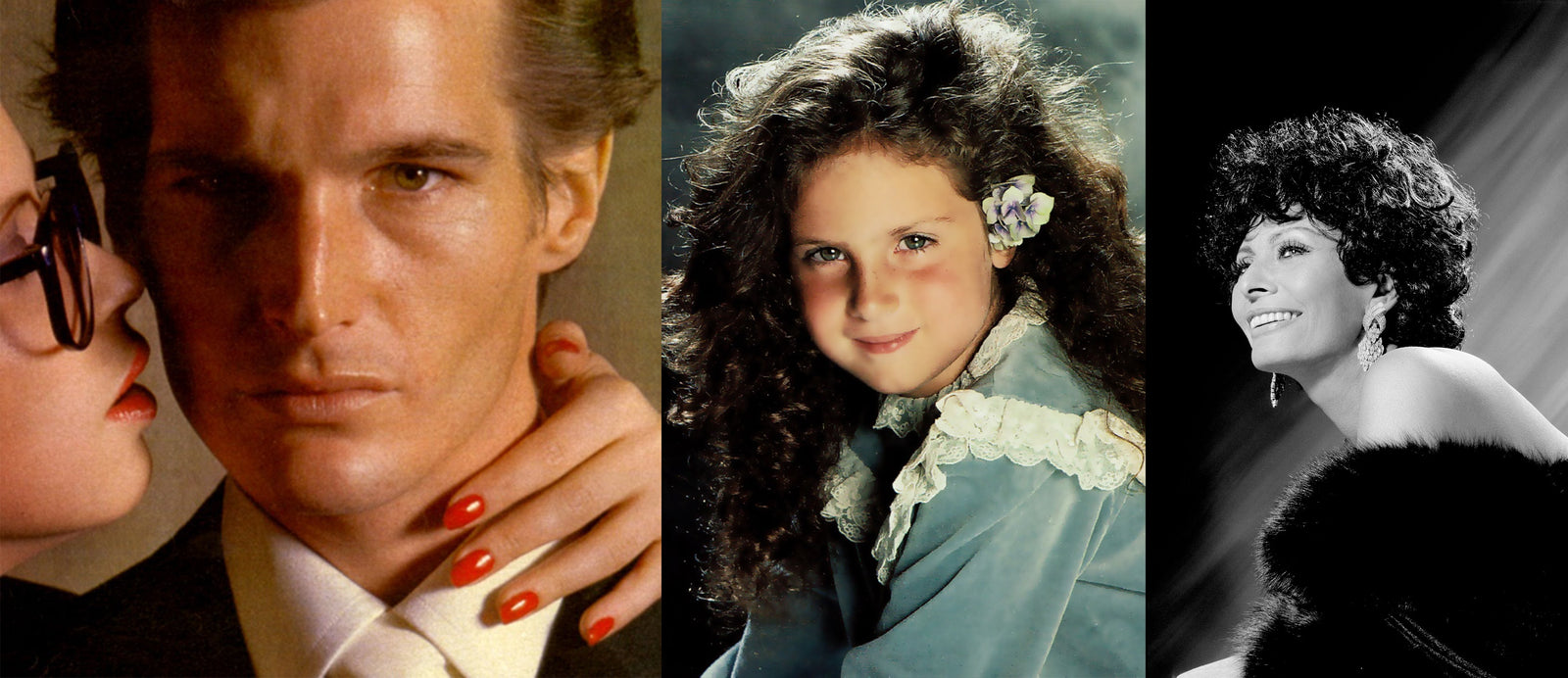
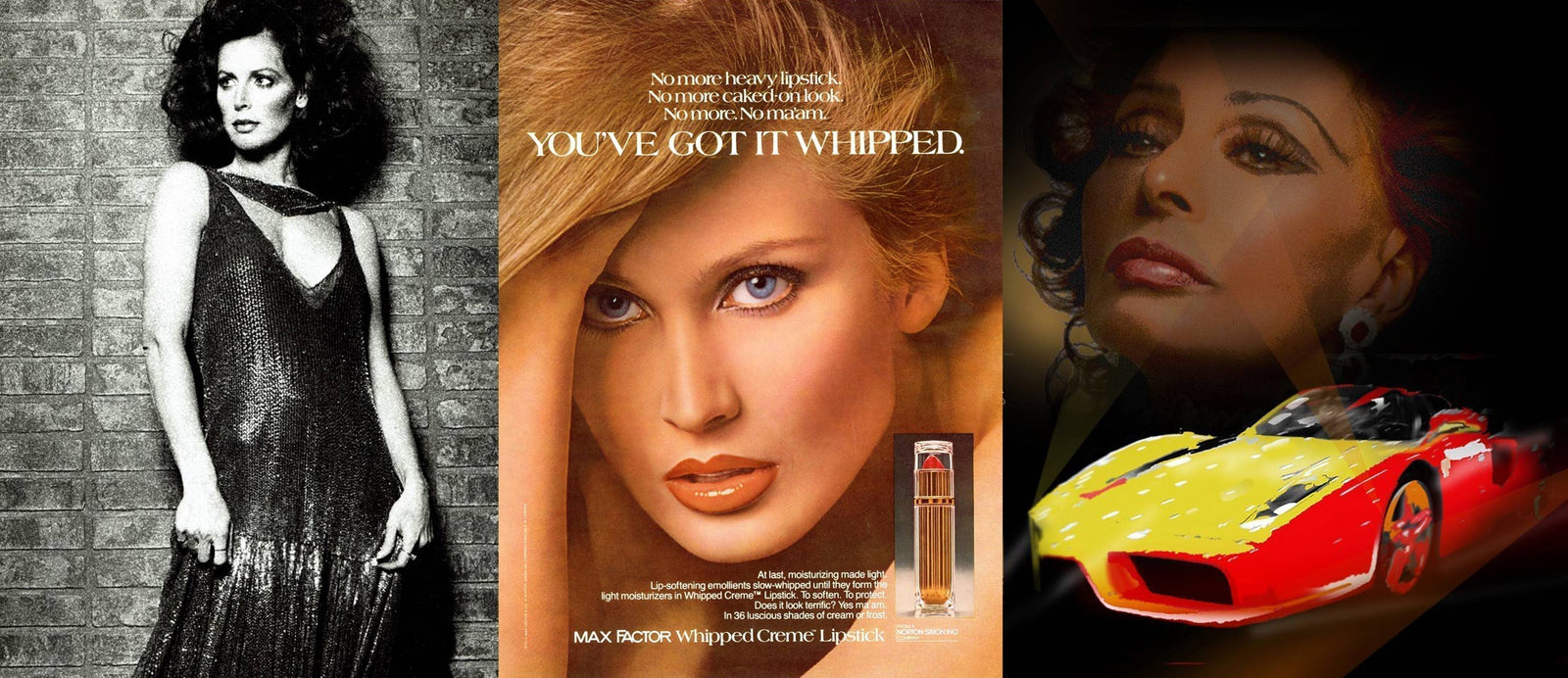
Leave a comment (all fields required)